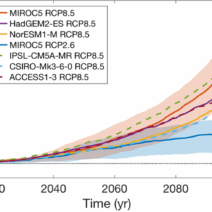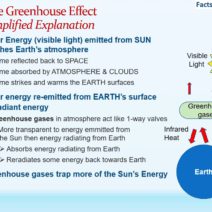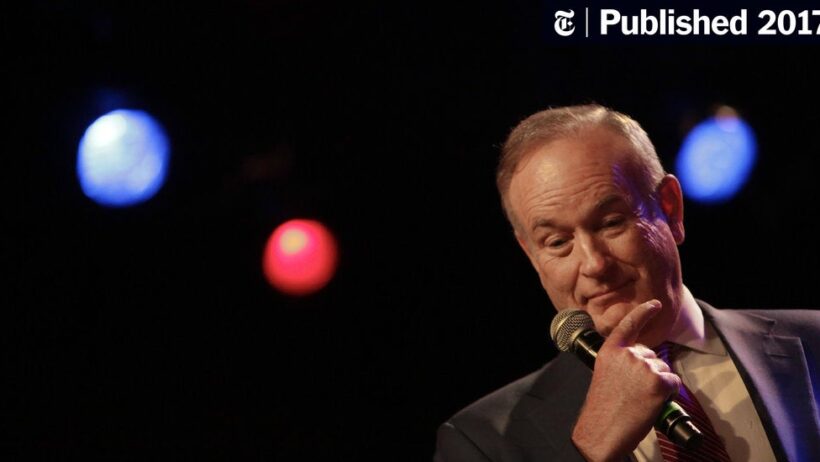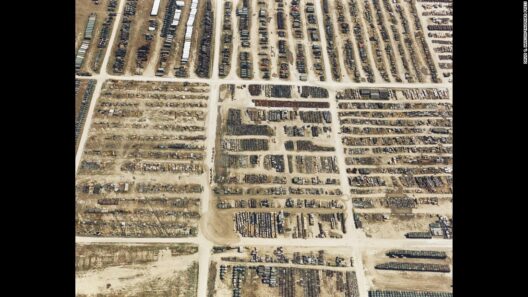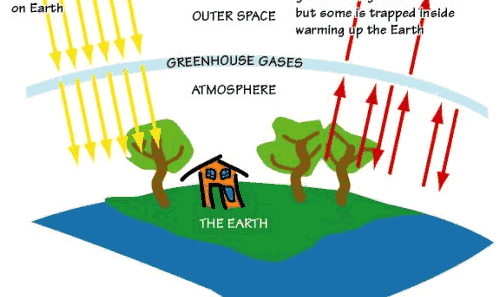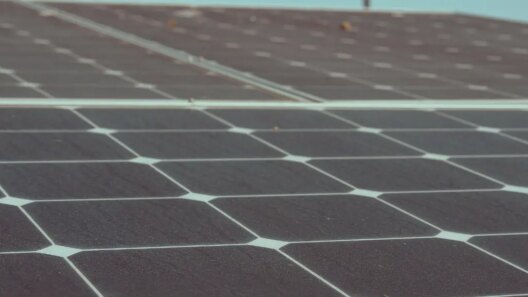In the realm of climate discourse, Bill O’Reilly occupies a peculiar position, akin to a lighthouse on a foggy shore—essentially illuminating ideas yet often shrouded in controversy. As a prominent media personality, his views on climate change resonate across a divided public, eliciting both steadfast supporters and vociferous dissenters. This exploration delves into O’Reilly’s stances, the underlying implications, and the broader media narrative surrounding global warming.
To understand O’Reilly’s perspective, it is essential to first consider the historical context of his commentary. For decades, he has wielded his platform to express skepticism regarding climate change, framing the issue through a lens that harmonizes with his conservative ideology. He embodies a paradox: while he acknowledges climate fluctuations, his rhetoric often casts doubt on anthropogenic impacts, likening climate science to a tempestuous ocean—unpredictable, often convoluted, and fraught with competing interpretations.
From early indications in the 2000s, O’Reilly expressed ambivalence towards the scientific consensus. He has routinely highlighted the uncertainties inherent in climate modeling, suggesting that dire predictions might be overblown. This skepticism serves to resonate with a populace that feels alienated by complex scientific narratives. Thus, he effectively positions himself as a voice of reason amidst the cacophony—a self-proclaimed bulwark against what he perceives as alarmist rhetoric.
Parsing through O’Reilly’s broadcasts unveils an inclination to equate climate change advocacy with political maneuvering. He often asserts that climate policies may serve ulterior motives—such as bolstering government power or enacting economic regulatory frameworks. This perspective, while inflammatory, is not without rationale, as it reflects a broader apprehension in conservative circles regarding the government’s role in private and economic life. Herein lies the quintessential metaphor of his ideology: climate change becomes a vessel sailing through murky waters, its direction manipulated by political currents.
Furthermore, O’Reilly has engaged in dialogues that delineate between climate variability and the unequivocal reality of global warming. His commentary embraces the notion that while climate indeed changes, questioning the extent and causality of human influence remains valid. This narrative resonates deeply with segments of the public who harbor skepticism towards what they perceive as an overreach of environmental concerns into daily life.
Media framing plays a pivotal role in shaping public perception of global warming, influencing how O’Reilly’s perspective is received. In a landscape where sensationalism often eclipses substance, O’Reilly’s narratives provide a tantalizing appeal—his pronounced positions stand out amidst a sea of scientific data that can render lay audiences perplexed. The allure lies not solely in his defiance of mainstream climate narratives but in the simplicity with which he distills complex issues into digestible soundbites. In this respect, the essence of his influence is not merely in what he asserts, but how he creates a compelling story that captivates his audience.
Analysis of O’Reilly’s assertions further reveals a pattern of selective emphasis. For instance, his references to historical climate events—such as the Medieval Warm Period—serve as a rhetorical strategy to underscore natural climate cycles, diverting attention from contemporary anthropogenic contributions to global warming. This historical diversion is emblematic of a broader rhetorical device: anchoring the debate within a framework of historical anomalies, thereby relegating current scientific consensus to a mere chapter in an extensive saga of climatic fluctuations.
Additionally, O’Reilly’s engagements with expert opinions often highlight a selective curation of voices, choosing those whose views affirm his stance while downplaying or disregarding consensus-driven scientific communications. This tactical maneuver portrays a reality where climate change becomes an ongoing debate rather than an established fact—raising critical questions about the influence of media on public understanding of science.
The ramifications of O’Reilly’s perspectives ripple through societal attitudes towards climate change, fostering divisions that reflect broader ideological schisms. His influence illustrates how media personalities can shape discourse by framing issues in ways that cater to existing beliefs, thus perpetuating cycles of misinformation and skepticism. If we liken the media landscape to a theatrical performance, O’Reilly is a curtain-puller, deliberately orchestrating the visibility of certain narratives while obscuring others.
As society grapples with the pressing realities of climate change, the role of influential figures like O’Reilly becomes increasingly critical. His rhetoric, whether embraced or rejected, undeniably contributes to the narrative shaping society’s collective consciousness towards environmental issues. The projection of authority blended with skepticism breeds an environment ripe for misinformation, action paralysis, and emotional desensitization—a veritable quagmire for meaningful dialogue.
In summary, Bill O’Reilly’s approach to climate change embodies the dichotomy of contemporary media discourse, oscillating between skepticism and acknowledgment. Like a tapestry interwoven with competing strands, his contributions invite scrutiny and discussion, prompting critical reflection on how perspectives are formed and disseminated. The consequences of these narratives extend beyond individual belief systems; they shape policies, influence action, and forge the paths towards sustainable futures. As the world marches forward into a climate-impacted reality, the role of media in shaping public understanding and engagement with these issues remains an ever-pressing concern.
